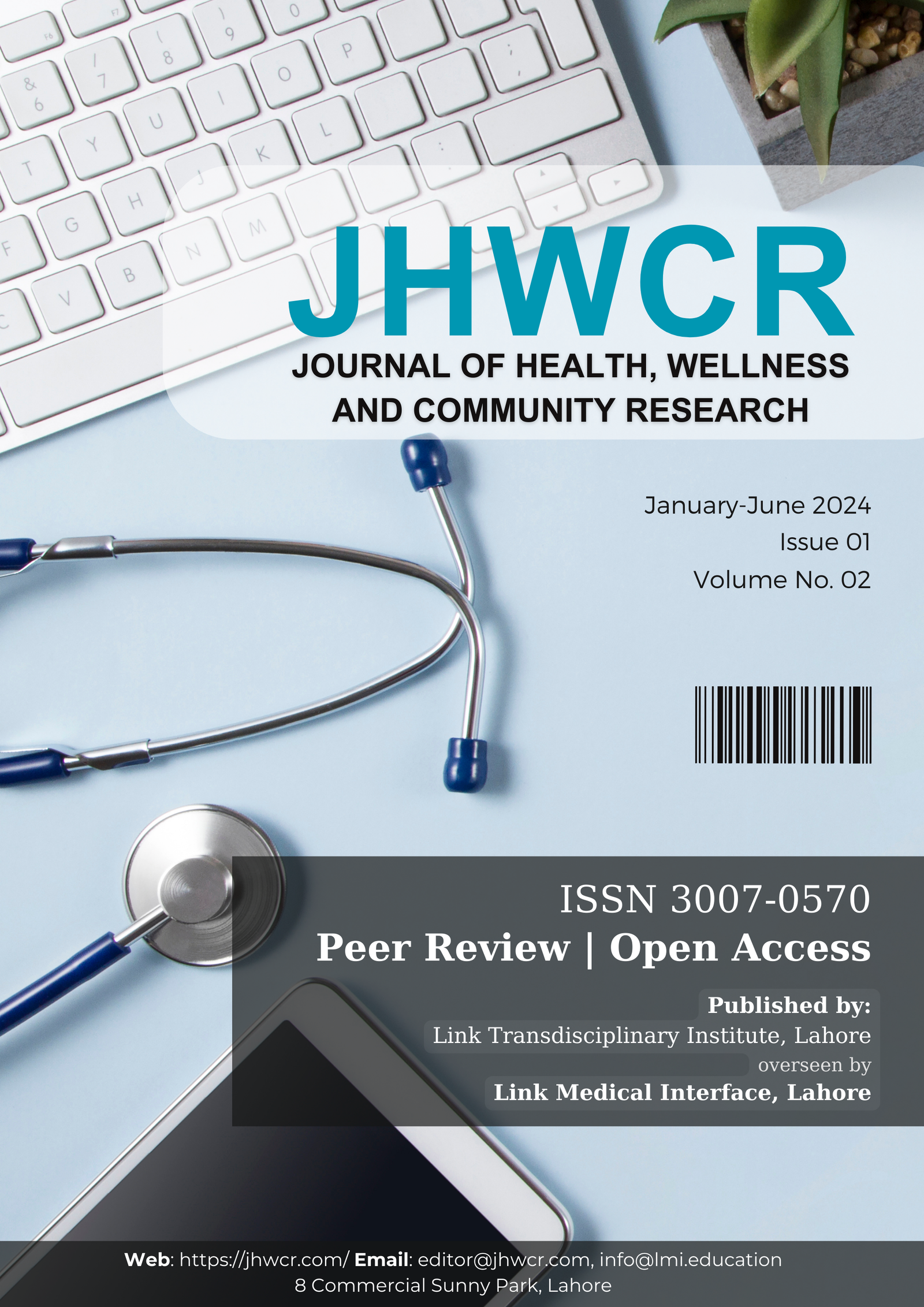Surgical and Nonsurgical Treatment for Lumbar Spinal Stenosis: Three Years’ Experience in Sandeman Teaching Hospital Quetta
DOI:
https://doi.org/10.61919/9ayq1195Abstract
Background: Lumbar spinal stenosis (LSS) is a prevalent degenerative condition among older adults, frequently leading to chronic pain and functional impairment. Objective: This study aimed to compare the outcomes of surgical interventions and non-surgical management strategies for LSS in terms of pain relief, functional improvement, and healthcare resource utilization among patients treated at a tertiary care center. Methods: This retrospective cohort study included 250 patients (n = 250) diagnosed with LSS at Sandeman Teaching Hospital Quetta from March 2022 to February 2024. Inclusion criteria comprised adults aged ≥50 years with radiologically and clinically confirmed LSS; patients with incomplete records or prior unrelated spine surgery were excluded. Data on demographics, comorbidities, treatment modalities, and outcomes were collected via electronic medical records. Pain and disability were assessed using the Visual Analog Scale (VAS) and Oswestry Disability Index (ODI), respectively. Statistical analysis was performed using SPSS 27.0, employing t-tests, ANOVA, chi-square, and regression analysis. The study received ethical approval from the Institutional Review Board, following the Helsinki Declaration. Results: Of 250 patients, 150 underwent surgical treatment and 100 received non-surgical management. Surgical patients exhibited greater improvement in pain (post-treatment VAS: 3.1 ± 1.0 vs. 6.5 ± 1.2, p < 0.001) and function (post-treatment ODI: 34.2 ± 4.2% vs. 54.7 ± 6.1%, p < 0.001). Odds of clinically significant pain relief were higher with surgery (OR = 3.5, 95% CI: 2.1–5.9). Surgical intervention was associated with increased initial resource utilization but better long-term outcomes. Conclusion: Surgical treatment provides superior pain relief and functional recovery compared to non-surgical strategies in LSS, supporting its use in patients with severe symptoms while highlighting the value of individualized treatment planning and healthcare resource allocation in clinical practice.
Downloads
Published
Issue
Section
License
Copyright (c) 2025 Nasrullah Lango, Irfan Adil, Asghar Babar, Abid Langove, Noor Ahmed (Author)

This work is licensed under a Creative Commons Attribution 4.0 International License.


